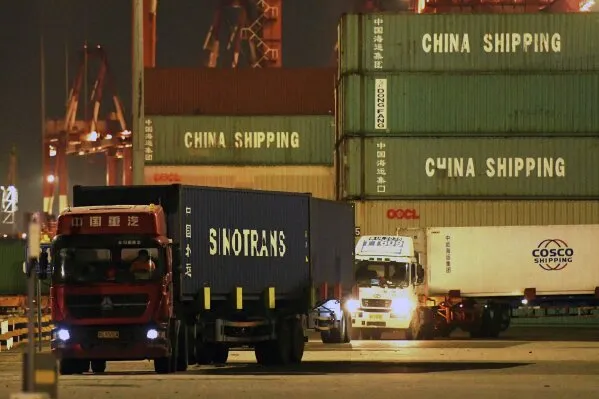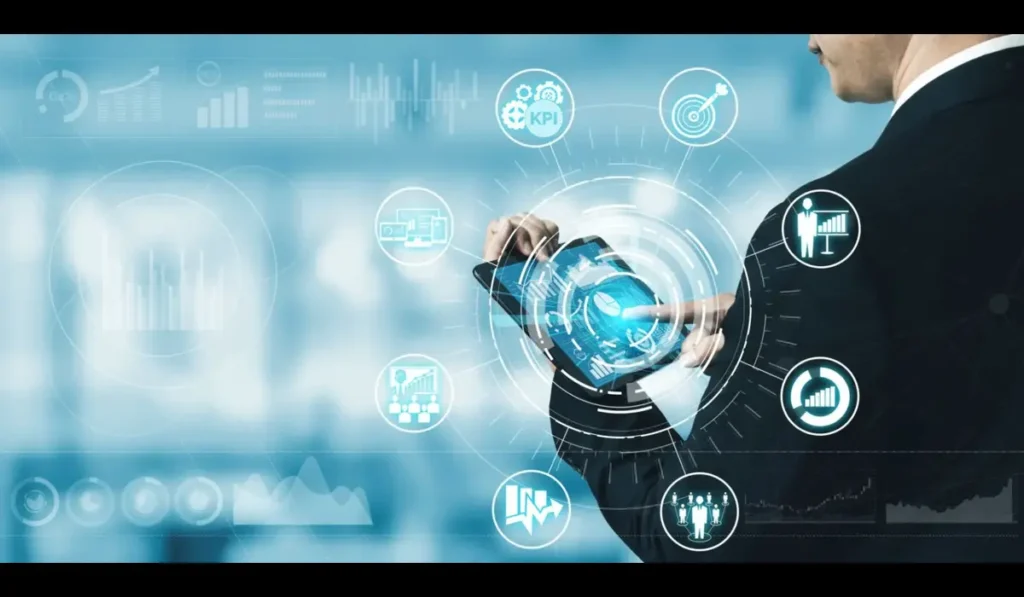In mid-2025, the U.S. The government’s controversial decision to relax some export restrictions on non-military technologies to China has sparked a contentious discussion among lawmakers, industry executives, and national security experts. Critics caution that the reforms could endanger national security and the United States, while supporters contend the policy adjustment is a practical recalibration of trade and global supply chain realities. technological dominance.
The softened stance represents a major pivot from years of escalating tech-focused decoupling between the world’s two largest economies. As global tensions persist over Taiwan, cyber warfare, and digital infrastructure, the easing of trade rules has triggered concerns that economic gains are being prioritized over long-term strategic risks.
📦 What the New Export Rules Change
The Department of Commerce revised its export control framework to allow easier licensing and exemptions for select categories of U.S.-origin technologies, including:
- Certain advanced semiconductors used in consumer electronics
- AI software platforms designed for commercial applications
- Renewable energy components (batteries, solar cells)
- Dual-use technologies deemed low-risk for military use
While restrictions on advanced AI chips, quantum computing, aerospace technologies, and weapons systems remain in place, these revised rules give U.S. tech firms more leeway to sell to Chinese buyers, especially in civilian and consumer markets.
🔄 Motivation Behind the Policy Shift
Officials argue that the softened rules are meant to:
- Reopen access to major export markets amid slowing global demand
- Strengthen U.S. tech competitiveness by maintaining economies of scale
- Avoid harming allies and neutral countries affected by secondary sanctions
- Reduce inflationary pressures from supply bottlenecks in critical sectors
Instead of reversing national security safeguards, the Biden administration has presented the action as a strategic realignment. A senior White House official stated, “We’re evolving from blanket restrictions to more precise, risk-based controls.”

🧨 Critics: “A Strategic Blunder”
However, bipartisan critics in Congress, as well as key members of the intelligence and defense communities, are raising alarms. They argue that relaxing export controls on even low-grade dual-use technology creates pathways for China’s military and surveillance systems to evolve indirectly.
Leading voices warn:
- China can reverse-engineer consumer tech into surveillance infrastructure
- AI platforms with “non-military” use can be adapted for defense logistics
- Relaxed exports weaken U.S. leverage in trade negotiations and sanctions
- The Chinese government uses shell companies to bypass licensing rules
Senator Josh Hawley called the shift “a dangerous concession,” while Rep. Elissa Slotkin labeled it “a Silicon Valley trade win disguised as foreign policy.”
📉 Tech Sector’s Uneasy Relief
Tech companies welcomed the decision—but cautiously. Apple, Nvidia, and Qualcomm have all struggled with the uncertainty of previous restrictions and sought clearer guidelines. The softened rules may unlock billions in potential revenue, particularly from Chinese smartphone makers and cloud computing services.
Yet even within the private sector, there is concern. Some U.S.-based cybersecurity firms and defense contractors fear the loss of intellectual property control and the long-term risks of helping competitors catch up.
Moreover, Wall Street analysts are divided: while export relief is seen as bullish for chipmakers and battery firms, it does little to resolve structural uncertainty about U.S.–China relations.
🌍 International Allies React Cautiously
Key U.S. allies in Europe and Asia—particularly Japan, South Korea, and Germany—have reacted to the changes with mixed feelings. On one hand, they appreciate the harmonization of rules that reduce commercial disruptions. On the other, they worry that softening the stance toward Beijing weakens collective leverage on issues like:
- Taiwan’s security
- Cybercrime investigations
- Chinese tech surveillance in developing nations
European Union leaders have urged the U.S. to ensure that new export policies are transparent, time-bound, and coordinated with NATO and G7 partners.
🛡️ The National Security Risk Debate
The core of the debate lies in how to define national security in the era of digital globalization. Traditional export controls were designed for physical weapons and clear-cut military tools. But today, the lines are blurred:
- A chip in a game console could power a missile guidance system.
- Facial recognition software could be used in domestic policing or military surveillance.
- Renewable tech could reduce China’s energy dependency and bolster industrial power.
The National Security Council has proposed a new “tiered risk matrix” to evaluate future export license applications, which would weigh:
- The likelihood of military diversion
- The end-user’s affiliations
- Supply chain traceability
- Regional strategic risk
Still, enforcement remains a major challenge, especially given China’s track record of obscuring corporate ownership and intent.
🧬 Technology, Trust, and the Future
As AI, biotech, and quantum tech advance rapidly, export controls are likely to become more complex—not less. Policymakers are being forced to balance:
- Economic interests of U.S. companies
- Ethical concerns over authoritarian regimes
- Security imperatives for allies and defense networks
There’s a growing call from think tanks to redefine “critical technologies” regularly and to establish independent export watchdogs that are not tied to economic departments.
2025 may be remembered as the year the U.S. tested the limits of economic pragmatism in a security-first world.
FAQs: Softened China Export Rules (2025)
1. What did the U.S. change in its export rules to China?
The U.S. eased restrictions on certain consumer-grade and low-risk dual-use technologies, such as some semiconductors, commercial AI software, and renewable energy components, allowing U.S. companies to export to Chinese firms more easily.
2. Why is this controversial?
Critics say even “low-risk” technologies can be adapted for military or surveillance use by the Chinese government, weakening national security and giving China a strategic edge.
3. Does this mean military tech is being sold to China?
No. Military-grade exports remain banned. However, the concern lies in dual-use items—technologies that can serve both civilian and military purposes depending on context.
4. Who benefits from the new policy?
Tech companies that export to China, especially semiconductor, software, and clean energy firms, stand to benefit from increased access and fewer regulatory burdens.
5. Is this a permanent change?
Not necessarily. The administration has signaled that the policy may be reassessed based on risk evaluations and global developments. It is framed as a “flexible, adaptive” policy shift.
6. How will this affect U.S.–China relations?
The rule change may lower tensions temporarily in trade but is unlikely to resolve deeper issues like cyber warfare, Taiwan, or global tech competition.




